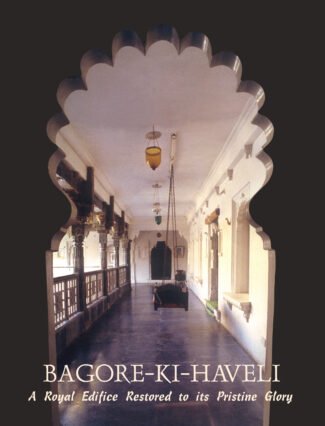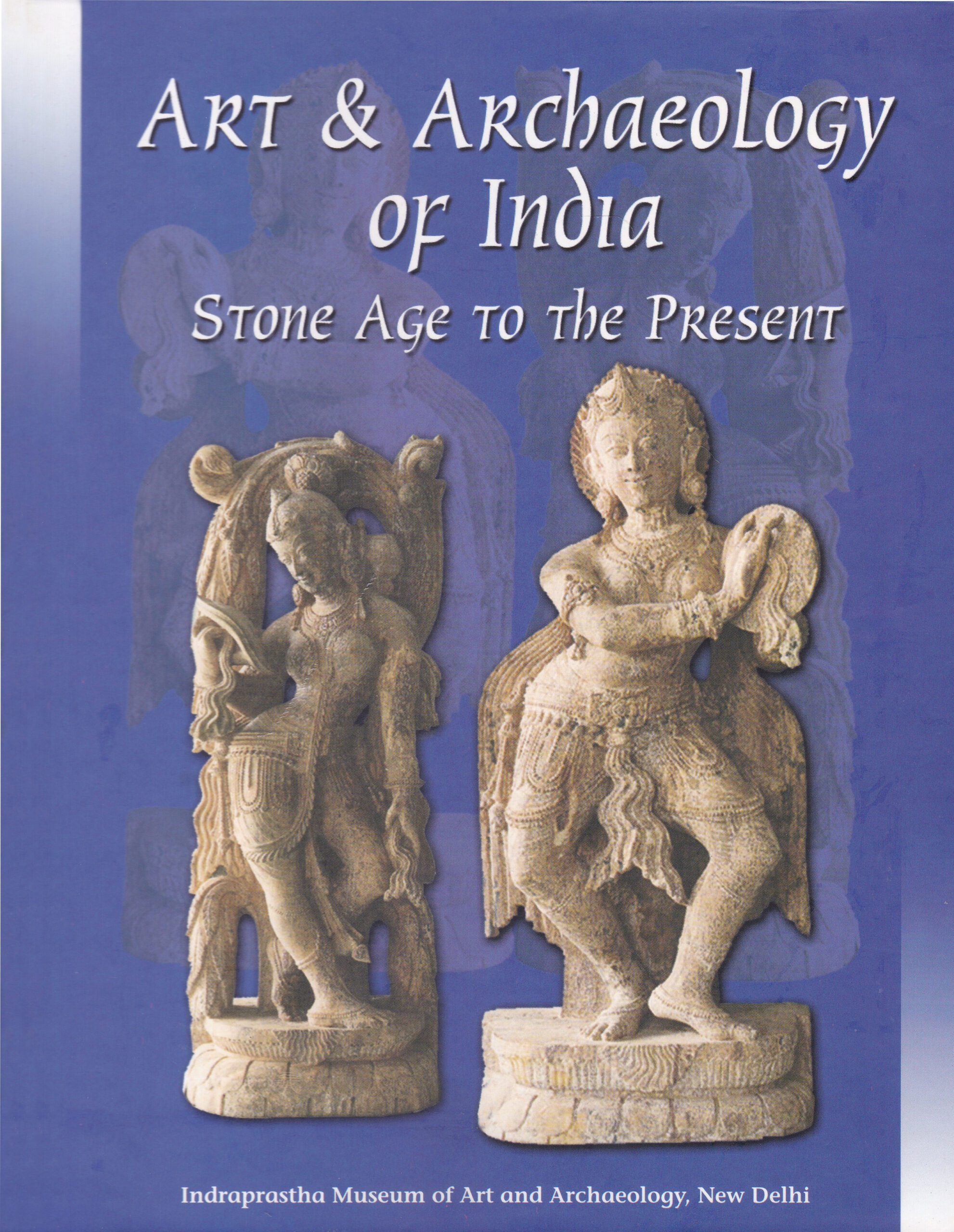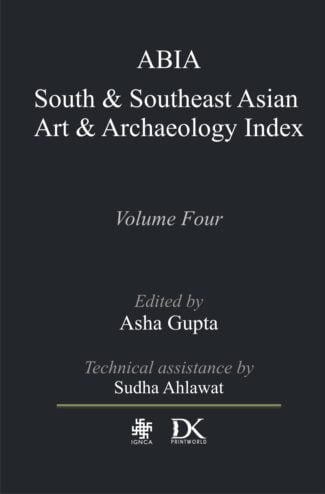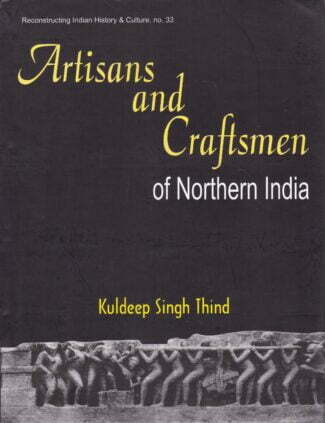
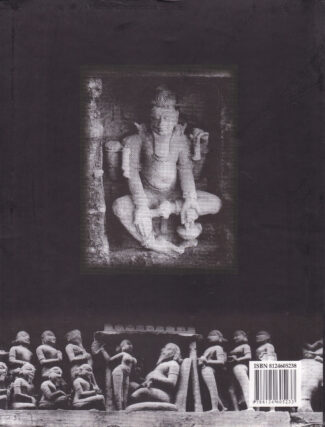
Artisans and Craftsm...
Artisans and Craftsmen of Northern India
by: Kuldeep Singh ThindThis book gives exhaustive and valuable insights into all aspects of the artisans and craftsmen of northern India who played a key role in the evolution of life between the seventh and twelfth centuries ce. This critical study examines the socio-economic conditions of the various categories of workers in stone, metal, clay, leather, cotton, salt, and other industries.
Original price was: ₹1,100.00.₹990.00Current price is: ₹990.00.
ISBN: 9788124605233
Year Of Publication: 2009
Edition: 1st
Pages : xxiv, 262
Bibliographic Details : 41 b/w photographs; Glossary; Bibliography; Index
Language : English
Binding : Hardcover
Publisher: D.K. Printworld Pvt. Ltd.
Size: 25
Weight: 900
The basic aim of the book is to expose the major contributions of artisans and craftsmen in portraying the society in different perspectives. These artisans and craftsmen, were drawn mostly from the shudras, lower caste of the community, suppressed and have-nots section of the society, but were highly talented. The work is also designed to create interest among the reader and scholars alike, to understand the society of the period under reference through the immortal art of these creative people. The artisans such as potters, weavers, carpenters, architects, sculptors, brick-makers, metallurgy and metal workers, leather workers, painters, and the workers engaged in the profession of ivory, glass and mirror, perfume and cosmetic, musical instrument, oil, salt and liquor makers, etc. were the heroes of that time, who not only met the day-to-day requirement of the then society, but also portrayed different aspects of their life, in its true color, through their workmanship. It was the architect who designed and constructed houses to live in, as well as water tank, well and channel, royal building, stupa, temple and fort, bridge, pillar and rock-edict etc., which met the need of the society.
Today, we feel proud of the rich heritage of old Indian art and architecture, credit for which solely goes to the then artisan who crafted immortal creations. However, the invaluable contribution made by the historians in immortalizing their creations, by putting them in black and white, is no less important. It is the historian, whose mighty pen has immortalized not only Ashoka the great, as a king but also the creators of the stupas of his times on equal footings. It is with this aim in view that the present book has been presented to the posterity, in order to pay rich tributes to the creators of our rich cultural heritage.
Unluckly there was no proper institutionalized provision for the education of artisans and craftsmen, so generally the former adopted the occupation of their parents and hereditary skill was enhances as it was transferred from father to son, and generation to generation. Contemporary sources reveal that the social stautus of artisan class was based on the nature and economic conditions of a particular profession.
Preface
Abbreviations
Transliteration Table
PART ONE
1. Introduction
2. Stone Workers
Architects
Sculptors
Engravers
3. Goldsmiths and Metal Workers
Goldsmiths
Works of Goldsmiths
Metal Workers
Armoury
Blacksmiths in the Village
Copper Workers
Metal Sculptors
4. Weavers
The Implements of the Weavers
Village Weavers
Varieties of Clothes
Centres of Textile Industry
Export Variety of Clothes
Dyers
Embroider
Tailoring
5. Miscellaneous Artisans And Craftsmen
Potters
Leather Workers
Wood Workers
Ivory Workers
Glass Makers
Makers of Musical Instruments
Umbrella Makers
Perfume Makers and Cosmetics Makers
Oil Makers
Salt Makers
Others
PART TWO
6. Training Of Artisans And Craftsmen
Training by Parents
Training by Guilds
Training by Individual Master Craftsmen
Training by Educational Institution
Subjects of Study
7. Guilds
Guilds in the Early Medieval Period
The Organization of Guilds
Functions of Guilds
Transformation of Guilds into Castes
Decline of the Guilds
8. Social Status
Social Status in the Early Medieval Period: Position in the Varna System
The Shudras
The Antyajas
Adhama and Adhamadhama
Untouchability of Artisans and Craftsmen
Settlement Patterns of Artisans and Craftsmen
Right of Sanskaras
Religious Endowments
Social Status of Some Artisans and Craftsmen
Organizations of Artisans and their Social Status
Artisans and Craftsmen Aided
Impact of the Arab Invasions
9. Economic Conditions
Early Medieval Period
Organization of Guilds for Economic Benefit
Changing of Profession for Economic Benefits
Richer Section of Artisans and Craftsmen
Paying of Taxes by Artisans and Craftsmen
10. Conclusion
Glossary
Bibliography






